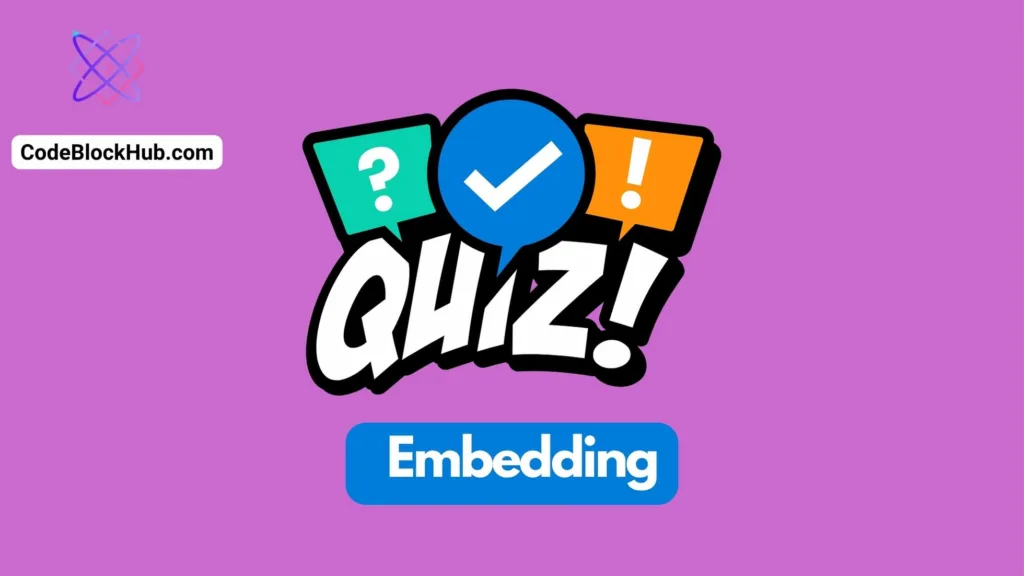BERT (Bidirectional Encoder Representations from Transformers) has revolutionized the field of Natural Language Processing (NLP) with its deep learning approach. Developed by Google, BERT and its variants have set new standards in tasks like text classification, question answering, and language understanding. In this blog post, we’ll compare various BERT models, highlighting their unique features, performance, and suitable use cases.
Table of Contents
- Overview of BERT Models
- Performance Comparison
- Use Cases and Recommendations
- Tools and Libraries
- Conclusion
Overview of BERT Models
BERT models vary in size, training data, and objectives. The original BERT model comes in two sizes: BERT Base and BERT Large. These models have been the foundation for subsequent variants designed for specific purposes or to overcome certain limitations.

BERT Base and BERT Large
- BERT Base: 12 layers, 110 million parameters.
- BERT Large: 24 layers, 340 million parameters.
- These models are trained on large text corpora like Wikipedia and BooksCorpus.
DistilBERT
- A smaller, faster version of BERT developed by Hugging Face.
- Retains 95% of BERT’s performance with 40% fewer parameters.
- Suitable for applications where efficiency is a priority.
ALBERT (A Lite BERT)
- Focuses on reducing memory consumption and increasing training speed.
- Uses parameter-reduction techniques like factorized embedding parameterization.
- Ideal for environments with limited computational resources.
RoBERTa (A Robustly Optimized BERT Approach)
- An optimized version of BERT trained on an even larger dataset.
- Removes the Next Sentence Prediction (NSP) objective.
- Demonstrates better performance on several benchmark NLP tasks.
ERNIE (Enhanced Representation through kNowledge Integration)
- Developed by Baidu, it incorporates knowledge graphs into training.
- Improves performance on tasks requiring semantic understanding.
MobileBERT
- A compact version designed for mobile devices.
- Focuses on maintaining performance while reducing size and latency.
Performance Comparison
To compare these models effectively, we look at benchmarks such as GLUE (General Language Understanding Evaluation), which is a collection of NLP tasks.
GLUE Benchmark Scores
| Model | Score | Parameters | Training Data Size |
|---|---|---|---|
| BERT Base | 78.3 | 110M | 16GB |
| BERT Large | 80.5 | 340M | 16GB |
| DistilBERT | 77.0 | 66M | 16GB |
| ALBERT | 81.6 | 12M-235M | 16GB |
| RoBERTa | 84.6 | 125M-355M | 160GB |
| ERNIE | 82.3 | 110M-340M | 16GB + Knowledge |
| MobileBERT | 77.2 | 25.3M | 16GB |
(Note: Scores are approximations and can vary based on the specific implementation and training setup.)
Use Cases and Recommendations
- General Purpose (e.g., Classification, Sentiment Analysis): BERT Large, RoBERTa.
- Resource-Constrained Environments: DistilBERT, ALBERT, MobileBERT.
- Semantic Understanding (e.g., Question Answering): ERNIE, BERT Large.
- Mobile Applications: MobileBERT.
- Research and Custom Applications: RoBERTa, ALBERT (for experimenting with large-scale training and parameter reduction techniques).
Tools and Libraries
Working with these models is facilitated by libraries like:
- Transformers (by Hugging Face): Provides pre-trained models and easy-to-use interfaces for PyTorch and TensorFlow.
- TensorFlow and PyTorch: Primary deep learning frameworks used to train and deploy these models.
Conclusion
Choosing the right BERT variant depends on the specific requirements of your application, available resources, and the nature of the task at hand. The continuous evolution of these models promises further improvements in NLP tasks, making it an exciting area for researchers and practitioners alike.



